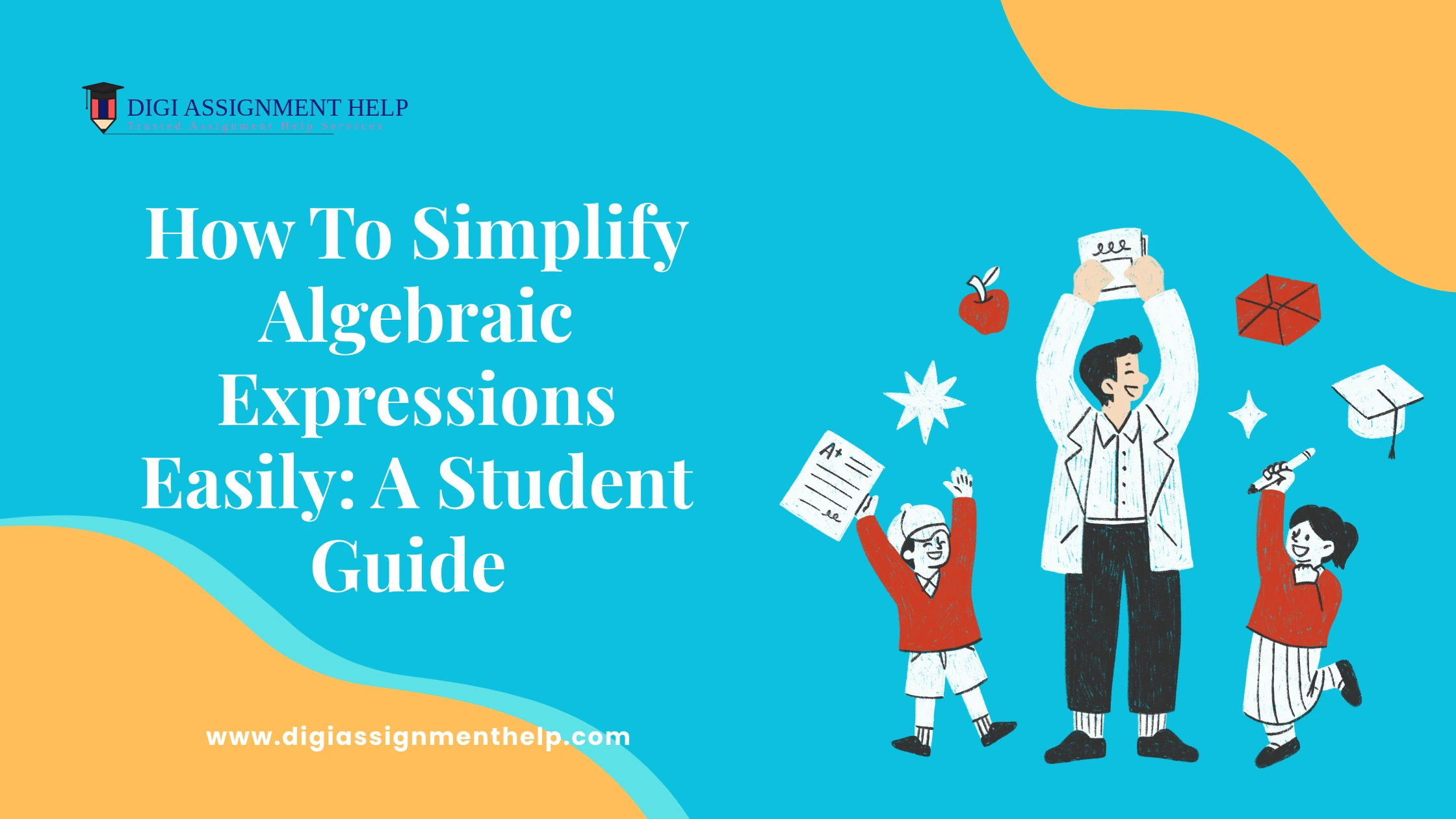Mastering Language Features: A Comprehensive Guide
 27-Jun-2024 06:16 AM
27-Jun-2024 06:16 AM

Language is not just used for getting across information from one person to another. It is an instrument that defines our thinking. It includes the way we express ourselves, and how we communicate with others.
Making it easier to communicate in every aspect can be greatly enhanced. It can be achieved by familiarizing ourselves with the features of the language concerned. This guide is an all-encompassing manual that explores the language aspects.
Especially those that can be vital to effective communication. It includes vocations, styles, and contexts. Those most relevant to modern English are used in Australia.
Understanding Language Features
Language features as used here refer to the components of a language. It includes structure and its application. Grammar, Vocabulary, Phonetics, Semantics, and Pragmatics are some of the branches of language.
The composition of each of these components is pivotal. It shows how we communicate and process meaning.
Grammar
Grammar is undoubtedly the foundation of any language. It defines the structure of the language and how communication should flow. It includes procedures for the usage of language. These definitions of grammar in totality come from Gerrig & Zimbardo, (2008).
In Australian English, there are some unique grammatical features worth noting:
1.Collective Nouns: In Australia, collective nouns can take either a singular or plural verb form. For example, "The team is winning" or "The team are winning."
2. Tag Questions: Australians often use tag questions to seek confirmation or agreement. Such as, "You’re coming to the party, aren’t you?"
Vocabulary
The lexicon defines Vocabulary as the inventory of words in a language. Australian English also has its strength of uniqueness. We can see some words borrowed from the aboriginal languages. Like British English and the multiculturalism of the country.
Some unique Australian terms include:
1. Aussie Slang: Words like, “arvo” (afternoon), “brekkie” (breakfast), and “snag” (sausage) are common terms in Australia.
2. Indigenous Words: A lot of locations and words in Australia include Indigenous vocabulary. For example, ‘kangaroo’ and ‘boomerang’
Phonetics
Phonetics is the branch of linguistic science, that studies the sound in a language. Australian English shows some specific accents and pronunciations. These are different from other types of English in the world.
Some key phonetic features include:
1. Vowel Shifts: In Australia, some forms of vowel shifts are seen. For example, through the pronunciation of the word ‘mate’. It tends to sound more “mite” by Australians.
2. Non-Rhotic Accent: In Australian English, the 'r' at the end of words is typically not pronounced. Unless it is followed by a vowel sound, like British English.
Semantics
Semantics is a linguistic discipline focused on meaning in language. Or it deals with the meaning of words and phrases as elements of language. The various contexts in Australian English are significant when considering the semantics.
It relates to understanding the meaning of words and phrases. This includes:
1. Contextual Meaning: There are words whose meaning can be altered due to similar sounding or spelt words. For example, in Australian English, a "biscuit" is what Americans would call a cookie. Meanwhile, a "biscuit" in American English refers to a type of soft bread roll.
2. Idiomatic Expressions: Outright literal translations are not just possible. But some remain essential features of Australian English such as ‘flat out’ which means very busy. Also, ‘fair dinkum’ means genuine.
Pragmatics
Pragmatics is the study of how language is used in everyday life and broader society. And how communicating with other people conveys and interprets meaning. In Australia, this includes:
1. Informal Communication: Australians tend to favour informal and direct communication styles. This is reflected in the widespread use of first names and casual greetings like "G’day."
2. Humour and Irony: Australian English is informal and responsive. It uses humour and irony and is sometimes hard for foreigners to master.
Techniques of linguistic and lexicographic competencies
To master these language features, consider the following strategies:
Immersion and Practice
1. Engage with Native Speakers: The most effective way is practically using the language. Exposing your ears and mouth to it. This is because people from Australia speak native Australian English. Thus, they will be able to provide better help when it comes to the language.
2. Consume Local Media: There are many online Australian Television, Radio, newspapers, and Books. Try to watch, listen to, and read to get more familiar with the specific Australian language accents and spellings.
Formal Study
1.Language Courses: Enrol in language courses that focus specifically on Australian English. Many universities and language schools offer specialized programs.
2.Grammar and Vocabulary Exercises: Regularly practice with grammar and vocabulary exercises. This can reinforce your understanding of the rules and nuances of Australian English.
Practical Application
1. Writing Practice: While you learn to speak Australian English, writing can help improve your skills more. Consider writing in a journal, an essay, or a blog. Maintain grammar and punctuation, as well as appropriate vernacular use and spelling.
2. Speaking Practice: It is also important to have active conversations, especially with a partner who can be found in local clubs or groups that use Australian English. This can help if there are public speaking or debate clubs available and accessible.
Technology and Tools
1. Language Apps: Plenty of language learning applications can be found. Web sites such as Duolingo, Babbel, Rosetta Stone, and other language learning tools can help.
2. Speech Recognition Software: Applications and services, like Google Speech or Apple’s Siri. These can be used to practice sounds and to perfect pronunciation regularly.
Negative experiences and How to address them
There are always moments of struggle when one is learning a language. Here are some common obstacles and tips to overcome them:
Accent and Pronunciation
1. Listen and Mimic: Try mimicking native speakers and listen to them carefully. This will help to emulate their accent and pronunciation. Be careful with the rhythm and stress patterns and use the right intonation.
2. Speech Therapy: For individuals with problems in pronunciation, it may help to work with a speech therapist.
Understanding Slang and Idioms
1. Contextual Learning: Don't learn slang terms and idioms as separate entities. But as elements incorporated into the actual phrase. It is possible that watching Australian TV shows and movies can help in getting this kind of context.
2. Ask for Clarification: It’s important to use your language learning resources. To get native speakers to explain the meanings of slang or idioms you do not understand.
Cultural Nuances
1. Cultural Awareness: Culture plays an important role in language acquisition. Primarily because it is impossible to become a real master of any language without knowing the culture of the people.
When in doubt, look up information about the history, culture, or associated social behaviours in the country.
2. Social Integration: This entails frequent involvement in social events and activities. As well as the regular use of the Australian language.
Conclusion
It is thus important to first understand the nature of the features of Australian English. Then accordingly invest time and effort for learning it meticulously. Pay attention to grammar, differentiated vocabulary, phonetics, semantics, and pragmatic meaning.
These will help you easily learn how to speak languages efficiently. Have fun, get lost, and fully enjoy the pleasure that occurs with the process of learning a foreign language.





























